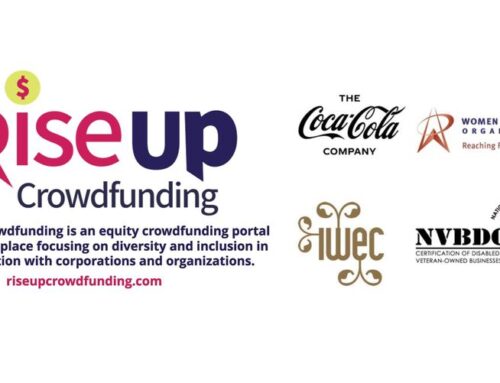It is a pivotal role that often falls short of its potential.
for Industry Week
Photo: Shutterstock / Monkey Business I
Several years ago, I met with the head of human resources for a large company. As we started our discussion, I could tell she was frustrated. She began by saying, “I thought we did all the right things when it came to developing our leaders.”
I asked her what they had done. She explained that her organization had identified its high-potential leaders and created a development program for them: “We then gave them all promotions, with fancy titles and increased compensation. And now we are waiting.”
“What are you waiting for?” I asked.
“We are waiting for them to lead!”
What did she mean by waiting? “They aren’t leading,” she explained. “They are waiting for permission and direction from the executive team on every issue. Or they’re acting like bystanders, watching problems persist, or projects derail.” She then shared what I thought was her most important insight: “It’s like they don’t know what it means to be a leader!”
As the discussion continued, we began to identify some of the implications of this challenge on the organization. She shared that the senior leaders in the training program who reported into the executive team were not setting the tone of accountability for own teams. As a result, those teams were not as effective as they could be. The leaders were also letting persistent problems fester. “Instead of tackling these issues head-on, they instead are choosing to finger-point and blame others and make excuses when projects go off the rails,” she explained.
Finally, she admitted that the executive team itself was contributing to the challenges we were discussing. “We are very inconsistent in holding our direct reports accountable as leaders, and this is something we have to address as a team, “ she stressed.
It became clear this company had a significant leadership accountability gap that it needed to address and fix right away.


